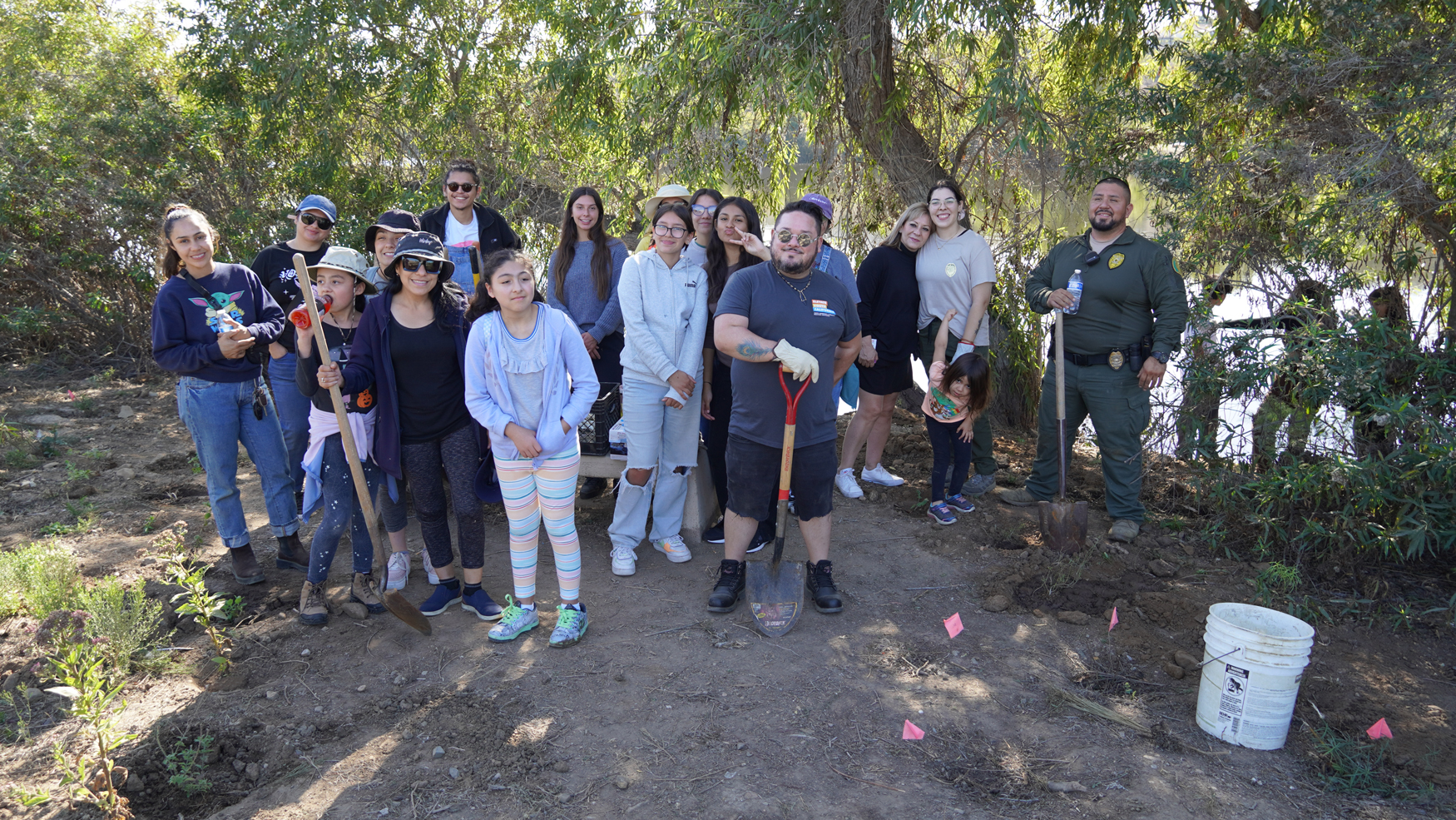




Place matters. Our intuitive understanding of this drives our custom of asking new acquaintances where they are from. No other question has the potential to tell us so much about them. Where we live has a role in determining our exposure to environmental pollution, crime, the quality of our public education, and our access to opportunity. In the United States, race/ethnicity and socioeconomic conditions are also highly correlated with residential location. Non-White people and poverty tend to be concentrated in some neighborhoods, while White people and economic opportunity tend to be concentrated in others. The health impacts of this unequal access to resources have been extensively documented and are often referred to as the social determinants of health. However, stories of success and resilience are possible in every community.
Fortunately, enhancing the resilience of a community need not wait on social equality to become a reality. Investing in factors that contribute to resiliency can have a remarkable effect. For example, research has shown that self-determination is a potent factor to enhance resiliency on both the individual and community levels. Likewise, investments in public infrastructure like safe communal spaces and healthcare access have a return on investment worth many times their initial cost.
The central goals of the Partnerships 4 Success (P4S) project are to reduce health disparities by enhancing the prevention infrastructure in the US/Mexico border region of San Diego County and by building residents’ capacity to act on their own behalf to improve community conditions. Research has shown that optimizing community conditions reduces adverse childhood experiences and chronic stress, some of the most potent substance misuse predictors. We believe that by facilitating networks between local leaders and community mobilization, we can most effectively support residents’ efforts to improve their quality of life. This long-term “upstream” approach is paired with interventions to reduce the current impacts of substance misuse, such as providing access to overdose prevention medication, policy actions to discourage underage drinking, and facilitating access to alcohol and drug treatment.
The purpose of this Community Health Needs Assessment Report is to document health disparities that contribute to adverse childhood experiences and substance misuse among Latinos in the South Region of San Diego County so that the partnership can work to reduce Last updated March 2021 4 them in the years to come. The report summarizes quantitative data from multiple sources and presents that data in tables, graphs, and maps. Woven throughout the narrative are quotes and key themes from 19 key stakeholder interviews that were conducted with community leaders. Our key findings are summarized below.
Key Quantitative Findings
- Life expectancy in the southern regions of San Diego County has fallen relative to recent years and relative to San Diego County overall.
- Opioid-related deaths are increasing countywide.
- Alcohol-related deaths are increasing among Latinos.
- Rates of injury related to substance use are highest in low-income communities.
- Latino population density and community disadvantage are concentrated in San Ysidro, South San Diego, harborside Chula Vista, and National City.
Key Qualitative Findings
- Historical underinvestment in the region has led to poor infrastructure and lack of economic opportunity.
- Trust in the government and health systems has declined to critical levels among Latinos.
- The proximity of the border facilitates underage drinking and the general accessibility of drugs.
- Poverty, low-status jobs, and the complexity of public benefits systems are barriers to Latinos accessing health care.
- Cultural stigma against seeking help for mental health or substance misuse prevents many Latinos from seeking treatment.
- Conclusion
There is much work to be done. With the resolution passed by the San Diego County Board of Supervisors declaring racism as a public health crisis, it is hoped that we as a society are ready to take the first step to solve a problem: acknowledging the problem. Addressing the health disparities documented in this report will require recognizing the role that racism has played in the historic underinvestment in the region and working on a County level toward equity in the distribution of public and private funds in the future. Within the communities of the border region, reducing these health disparities will require cooperation, dedication, and a substantial investment of funds and effort. Different interventions will be needed to break down intangible barriers like distrust of the government and cultural and language obstacles in navigating the health system. Reducing the health disparities documented here will require a comprehensive and multi-level approach that is only feasible through a robust partnership of local leaders, academia, media experts, and residents. That, indeed, is our vision for the P4S project.
